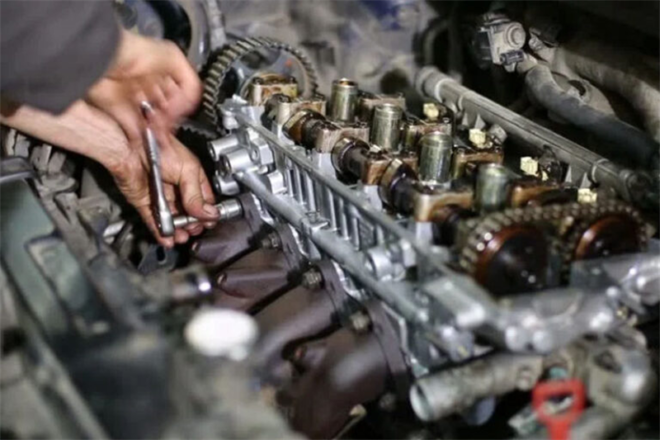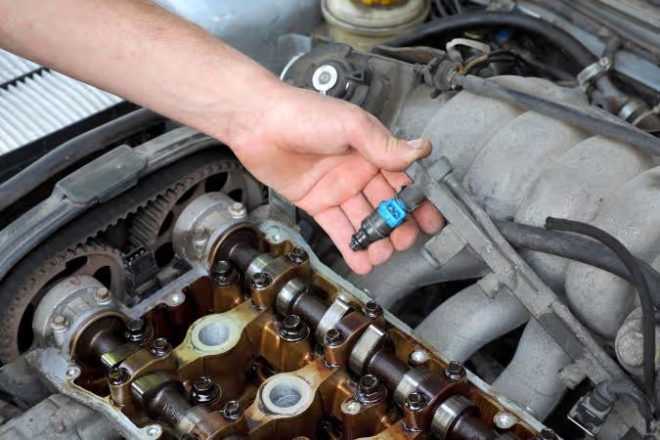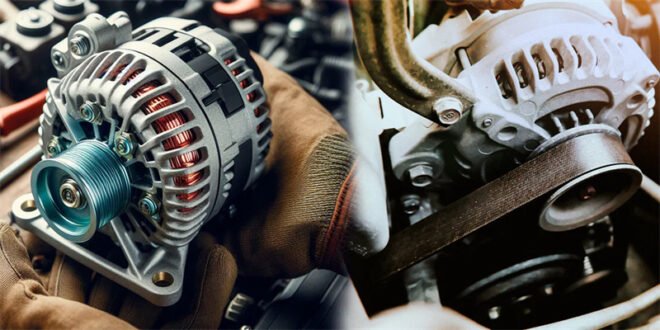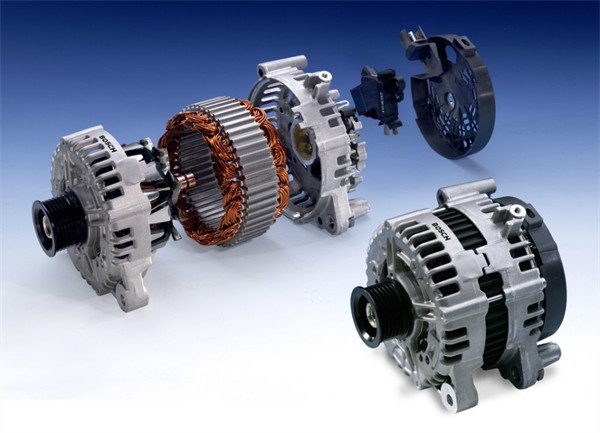Introduction
A hydraulic motor is a key component in many industrial and heavy-duty applications, converting hydraulic energy into mechanical power. Known for their high torque and efficiency, hydraulic motors are widely used in construction, mining, agriculture, and manufacturing. But how do they work, and why are they preferred over electric or pneumatic systems? In this article, we’ll explore the working principles, types, benefits, and common applications of hydraulic motors.
How Does a Hydraulic Motor Work?
At its core, a hydraulic motor operates by using pressurized hydraulic fluid to create rotational motion. The process follows these key steps:
- Fluid Pressure Conversion – A hydraulic pump pressurizes the fluid, which is then directed to the hydraulic motor.
- Motion Generation – The motor’s internal components convert the pressure into mechanical motion.
- Power Transmission – The rotational energy is transferred to machinery, driving various industrial applications.
The efficiency of a hydraulic motor depends on the design, fluid flow rate, and operating pressure.
Types of Hydraulic Motors
There are several types of hydraulic motors, each suited for specific applications:
Gear Motors – Simple in design, these are ideal for applications requiring low-speed, high-torque output.
Vane Motors – These offer smooth operation and are commonly used in industrial automation.
Piston Motors – Known for their high efficiency and power output, making them suitable for heavy machinery and high-pressure systems.
Radial Piston Motors – Deliver exceptional torque and are used in high-load applications like winches and drilling machines.
Advantages of Hydraulic Motors
Why are hydraulic motors preferred in many industrial applications? Here are the key benefits:
High Torque Output – They generate more torque compared to electric motors of similar size.
Compact and Lightweight – Their power-to-weight ratio makes them ideal for mobile and heavy-duty equipment.
Durability and Longevity – With fewer moving electrical parts, hydraulic motors are highly reliable and resistant to harsh environments.
Smooth and Controlled Operation – They provide precise speed control, making them ideal for applications requiring variable speeds.
Overload Protection – Unlike electric motors, they can handle sudden load increases without damage.
Common Applications of Hydraulic Motors
Industries that rely on hydraulic motors include:
Construction Equipment – Excavators, bulldozers, and loaders utilize hydraulic motors for powerful movement.
Mining Industry – Drilling rigs and conveyor systems depend on hydraulic motors for efficient operation.
Agriculture Machinery – Tractors and harvesting equipment use hydraulic motors for various farming applications.
Industrial Automation – Conveyor belts and robotic arms use hydraulic motors to maintain precision.
Marine and Aerospace – Ship steering systems and aircraft landing gear rely on hydraulic motors for efficiency.
Choosing the Right Hydraulic Motor
Selecting the right hydraulic motor requires considering factors like:
Torque and Speed Requirements – Ensure the motor provides the necessary power for your application.
Operating Pressure – Higher pressure ratings mean better performance under load.
Efficiency Ratings – Opt for motors with low energy loss for better productivity.
Maintenance Needs – Choose a model that requires minimal upkeep to reduce downtime.
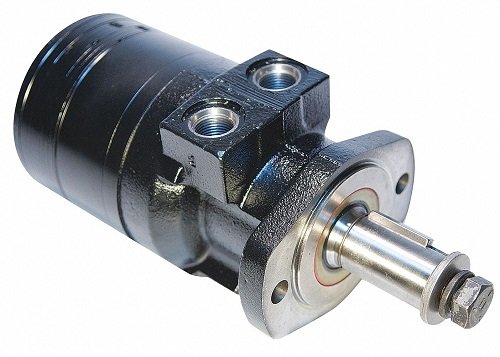
Conclusion
A hydraulic motor is an indispensable tool in various industries, offering unmatched power, efficiency, and durability. Whether in construction, mining, or automation, its ability to handle high torque loads makes it a top choice for heavy-duty applications. Understanding how hydraulic motors work and their advantages can help businesses optimize performance and productivity.

